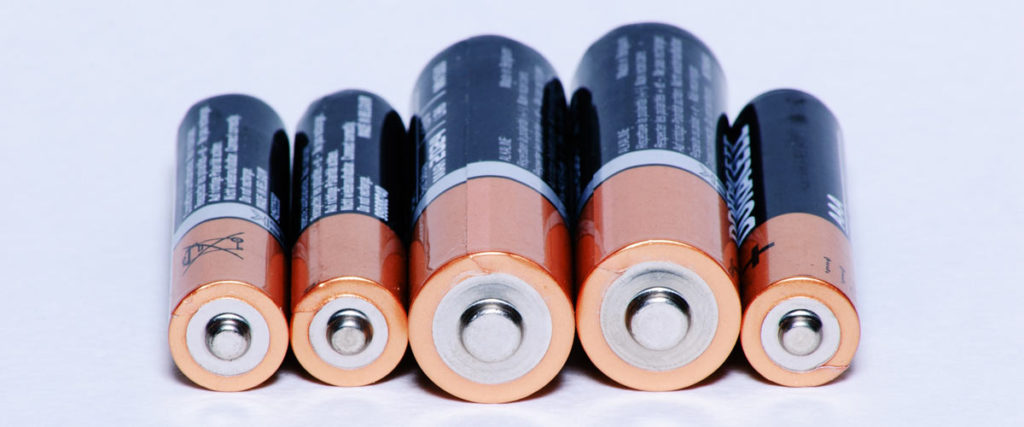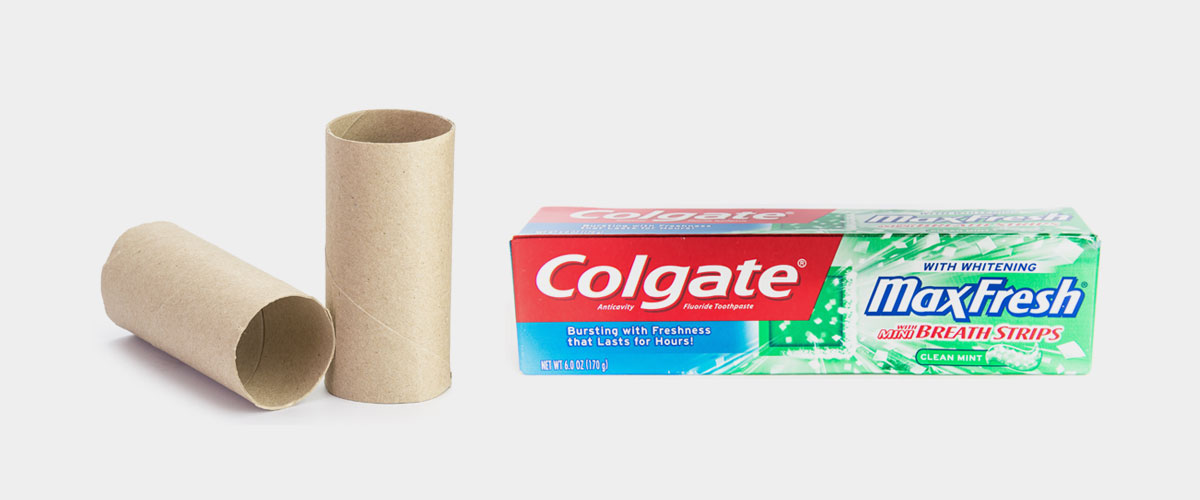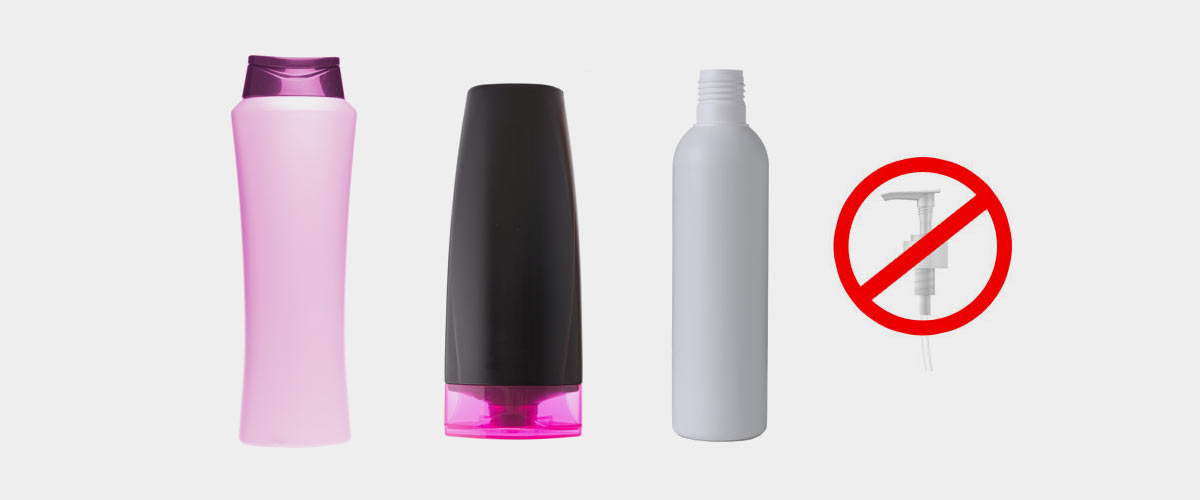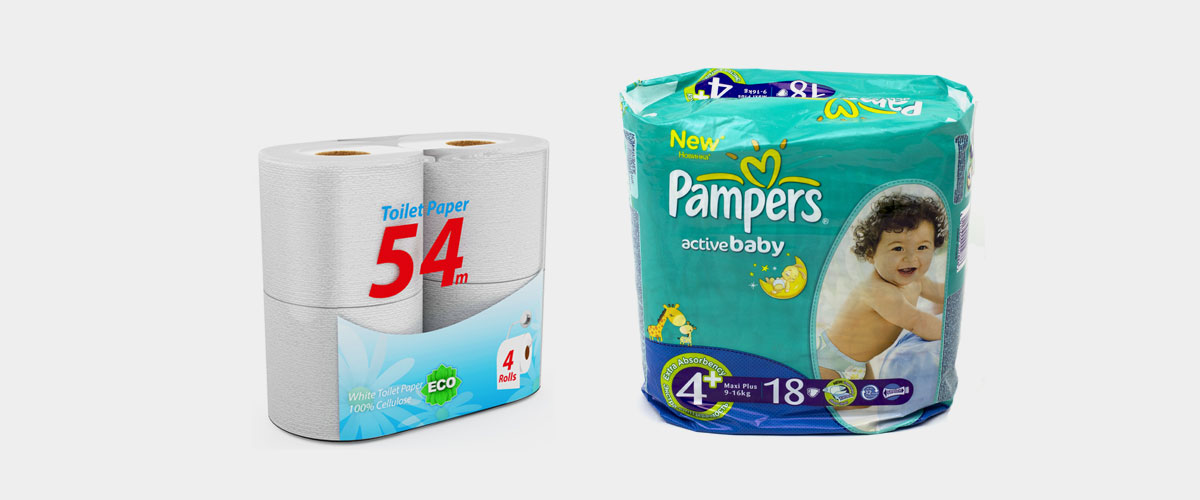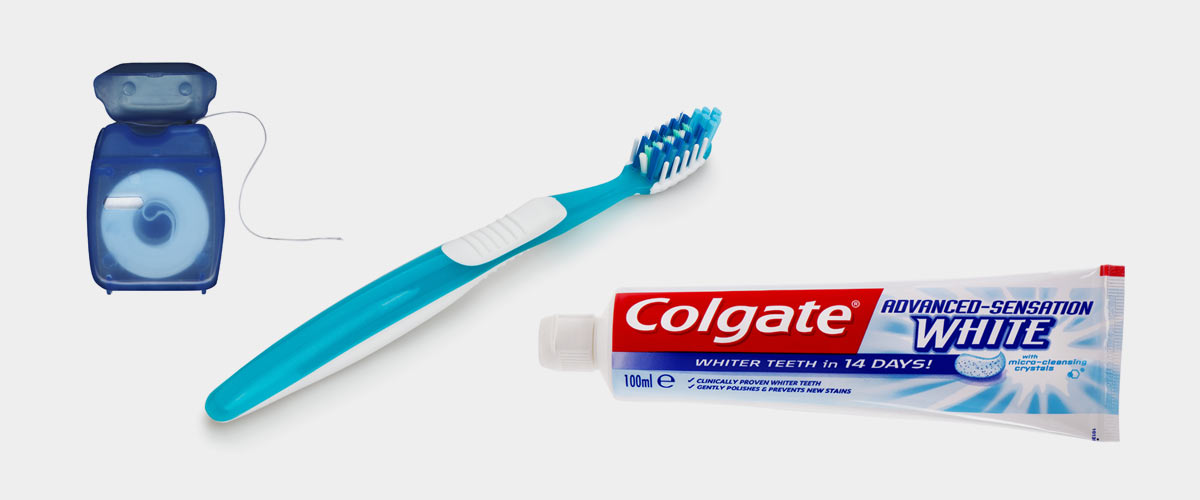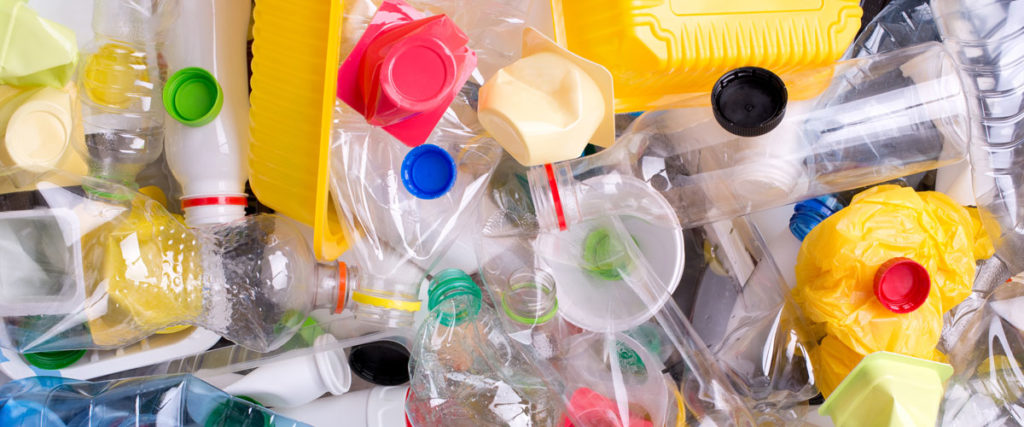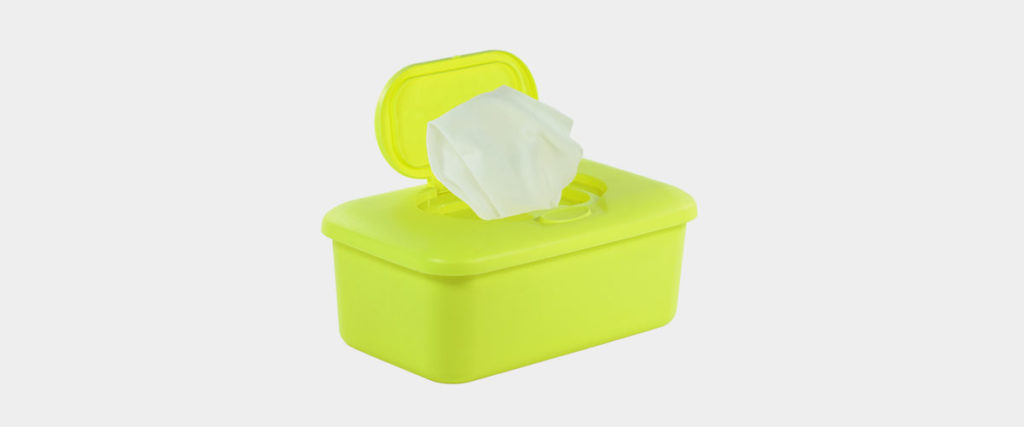
10-1-2017
Known for two decades as National Energy Awareness Month, in 2011 President Obama declared October National Energy Action Month. He wanted to encourage citizens and organizations to not only be aware, but take direct action on issues of energy. Conserving energy — and increasing our use of clean energy — can have long-term impacts on the economy, wealth and resources of the U.S.
One way you can take action this month is by conducting a home energy audit. You can save 5-30 percent on your home energy bill by making efficiency upgrades. Here’s how to audit your home:
1. Check Lighting Efficiency
If you haven’t yet, consider switching to energy-efficient incandescent bulbs, CFLs or LEDs. Make sure you choose bulbs according to the level of lumens, or brightness, you want. Also consider using sensors, dimmers and timers to reduce how much light you use. Lighting accounts for about 10 percent of your energy bill, so choosing energy efficient bulbs can have a big impact over time.
2. Assess Appliances and Electronics
Consider unplugging appliances and electronics when not in use to prevent phantom loads. You can also select energy-saving settings and minimize use when possible. Estimate how much energy each appliance uses with this tool, and learn about selecting energy-efficient appliances here.
3. Inspect Heating and Cooling Equipment
A professional should check and clean your heating and cooling units once a year. If your unit is more than 15 years old, consider replacing it with a newer, energy-conserving model. A newer model would greatly reduce your energy use. Forced-air furnace filters should be changed every 1-2 months. If you can see streaks of dirt on your ductwork, this means they are leaking air — seal them with duct mastic. If you have any ducts or pipes traveling through open spaces, make sure they are insulated (an R-Value of 6 is recommended).
4. Locate and Seal Air Leaks
Reducing air leaks — or drafts — in your home can save you 10-20 percent on energy each year. Find air leaks by noticing gaps along junctures in your flooring, walls and ceiling. Windows, doors, fireplaces and other wall and ceiling fixtures are good places to check, too. Outside your home, check for gaps where different building materials meet.
Once you have found them, seal air leaks with caulk or weatherstripping. Find more tips on detecting air leaks here.
5. Check Insulation
It’s easiest to check insulation with a thermographic inspection done by a professional, which uses infrared imaging to detect variations in heat. If you are checking insulation yourself, there are some health and safety risks due to the potential presence of asbestos, the electrical wire inside walls, and the process of climbing up into an attic where nails may be exposed and there are open gaps between joists that one could fall through. If you choose to check your home’s insulation yourself, please follow Energy Star’s instructions carefully.
More Tips
- Use the EPA’s Home Energy Yardstick to assess how your home’s annual energy use compares to similar homes.
- Learn about state and local rebates available for upgrading the energy efficiency of your home.
- Don’t want to do it yourself? Hire a professional. A professional audit tends to range between $300-$500 — learn more about hiring an energy auditor here.

